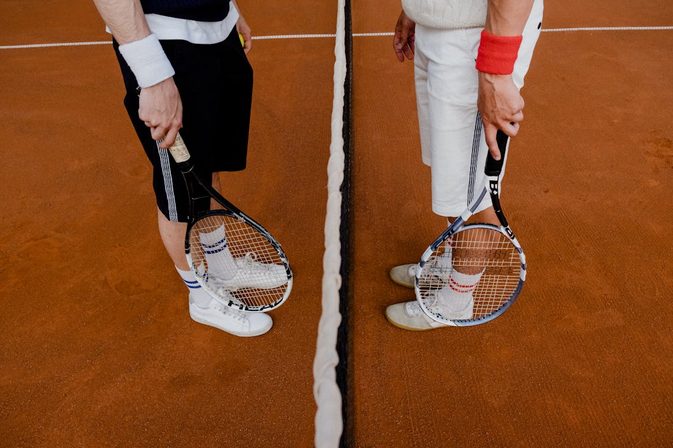Tennis is more than just a game; it’s an intricate dance between player and surface. Each type of court brings its own unique flair, shaping the way the ball bounces and how athletes perform. Whether you’re a seasoned pro or a weekend warrior, understanding tennis surfaces can elevate your game and enhance your appreciation for this beloved sport. From the lush greens of grass courts to the earthy tones of clay and the rigid feel of hard courts, each surface has distinct characteristics that dramatically influence play styles. Your choices on which surface to practice or compete on can change everything—from strategy to stamina.
Join us as we dive into the fascinating world of tennis surfaces. We’ll explore their unique traits, how they affect players’ performance, maintenance needs, durability factors, and costs associated with each type. Let’s unravel what makes each court special!
Surface Characteristics and Ball Behavior

Grass courts are known for their fast-paced play. The ball tends to skid and bounce lower, making it challenging for players who rely on topspin. That’s why you’ll often see serve-and-volley tactics shine on this surface. Clay courts tell a different story. Due to the material’s loose texture, they slow down the ball significantly and produce higher bounces. This encourages longer rallies and gives players with strong baseline skills an advantage. Hard courts strike a balance between grass and clay. They offer consistent bounces but can vary in speed based on their composition—some are faster, while others provide more grip. Understanding these characteristics helps players adapt their strategies effectively, whether serving aces or engaging in long rallies. Each surface affects how the ball behaves and shapes gameplay at its core.
Maintenance, Durability, and Cost
Maintaining different tennis surfaces requires distinct approaches. Grass courts demand frequent mowing, watering, and pest control. They can be a labor-intensive option but offer a unique playing experience. Clay courts are relatively easier to maintain. Regular rolling and occasional topping with fresh clay keep them in shape. Rain can affect playability, so drainage systems are crucial for preserving their quality. Hard courts excel in durability but require periodic resurfacing every few years to combat wear and tear from constant use. A good hard court with proper care will last much longer than the others. When it comes to cost, grass is often the most expensive due to its upkeep needs. Clay offers a middle ground, while hard courts usually provide the best value over time, considering their longevity and low maintenance requirements.
Impact on Player Performance and Playing Style

Different tennis surfaces significantly influence player performance and their preferred playing style. On grass courts, the ball tends to skid low and bounce unpredictably. This surface favors serve-and-volley players who excel in quick points. Agility and net skills become essential for success. Clay courts present a stark contrast. The slower surface allows for higher bounces, encouraging baseline rallies and strategic shot placement. Players with strong stamina can thrive here, as matches often extend longer than on other surfaces. Hard courts offer a balanced mix of both worlds. They provide moderate speed with consistent bounces. Many versatile players adapt well to this terrain, utilizing powerful serves combined with baseline tactics. Understanding these nuances helps players tailor their training regimens effectively while shaping match strategies against opponents’ strengths and weaknesses.

